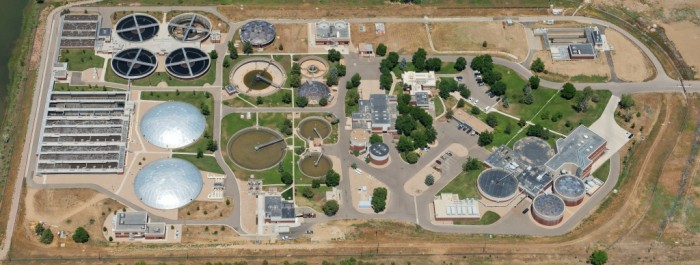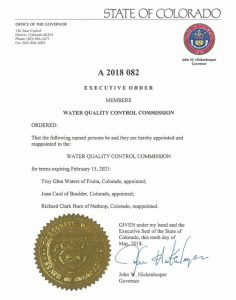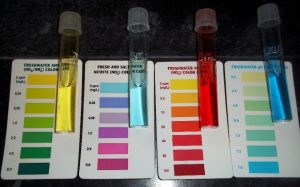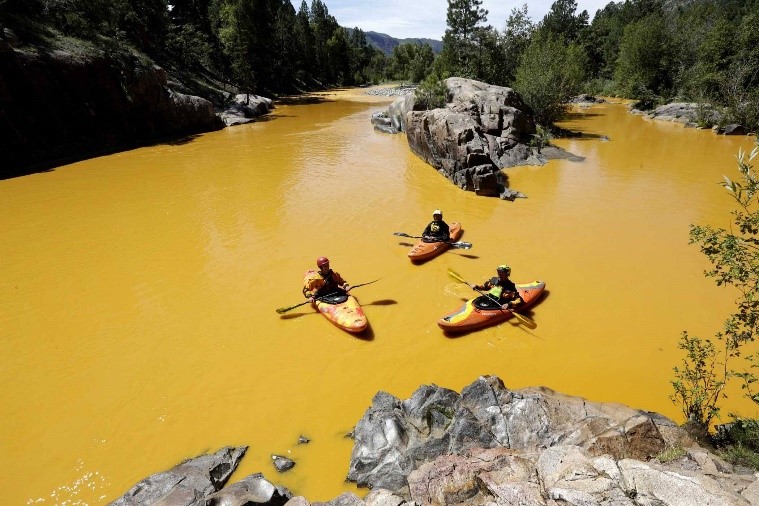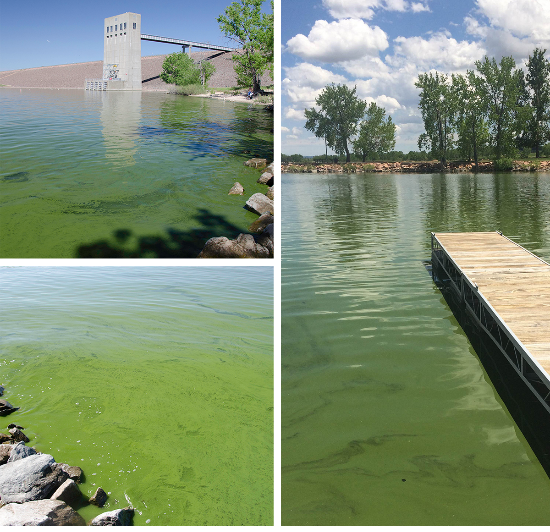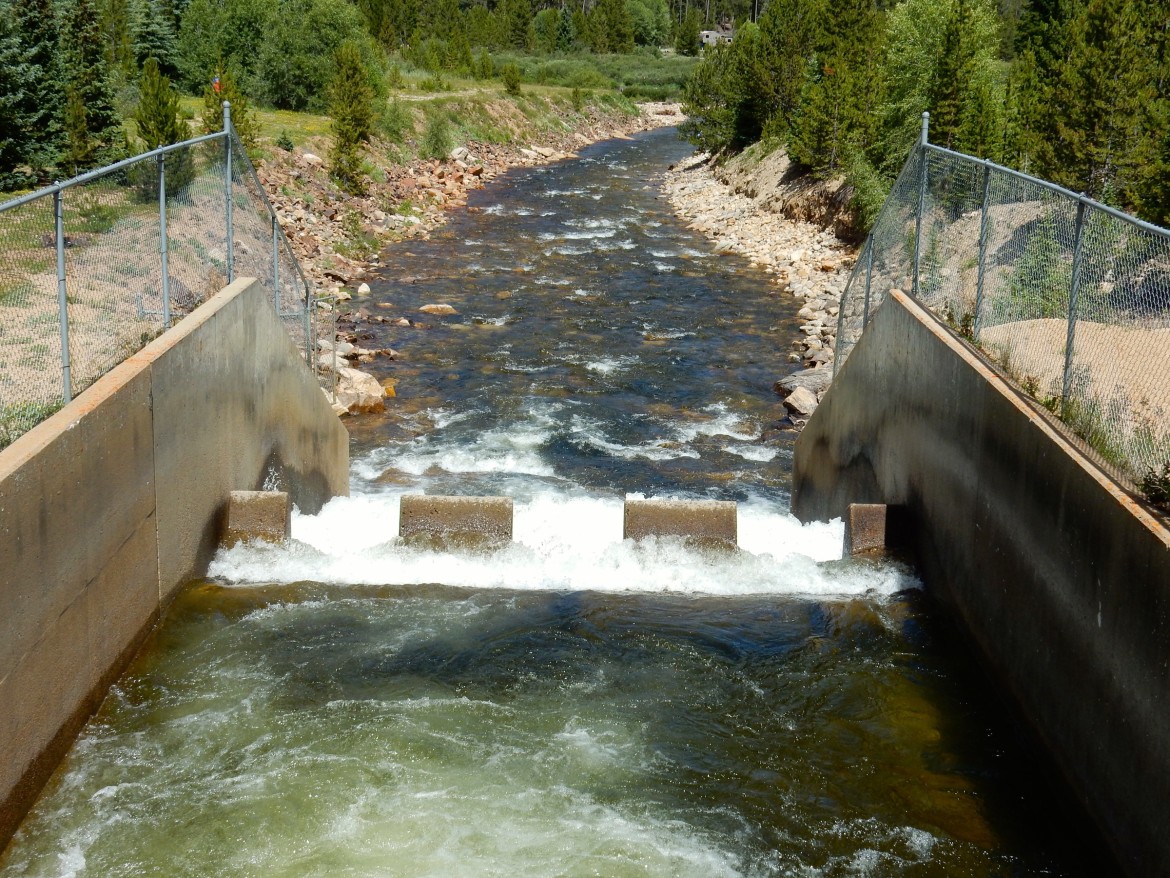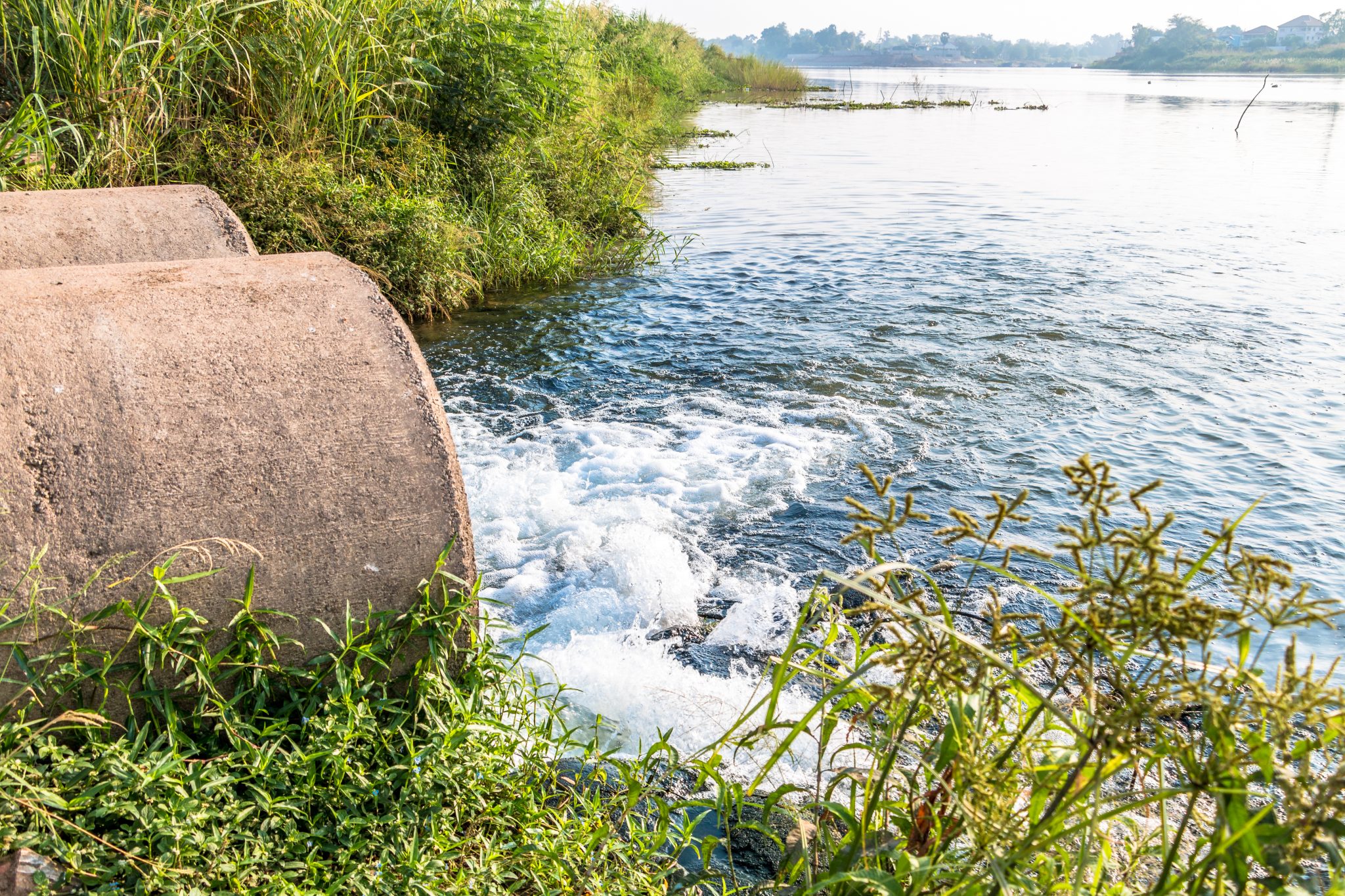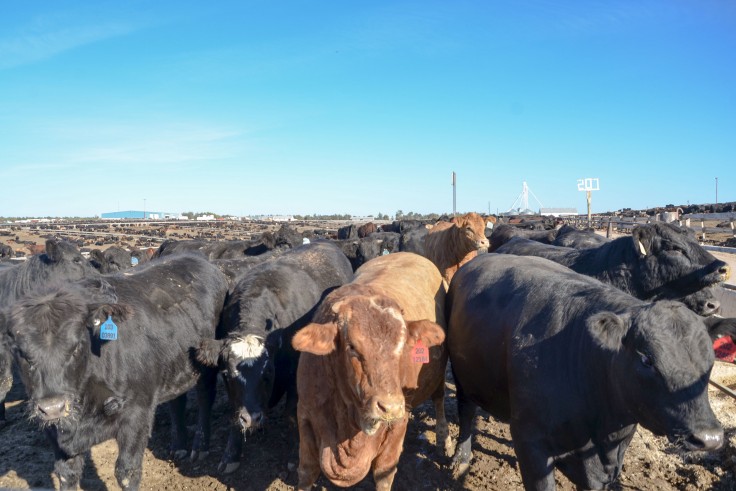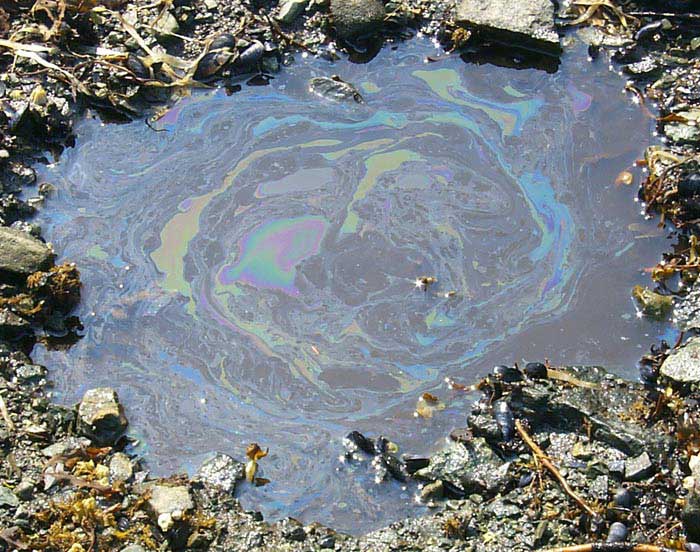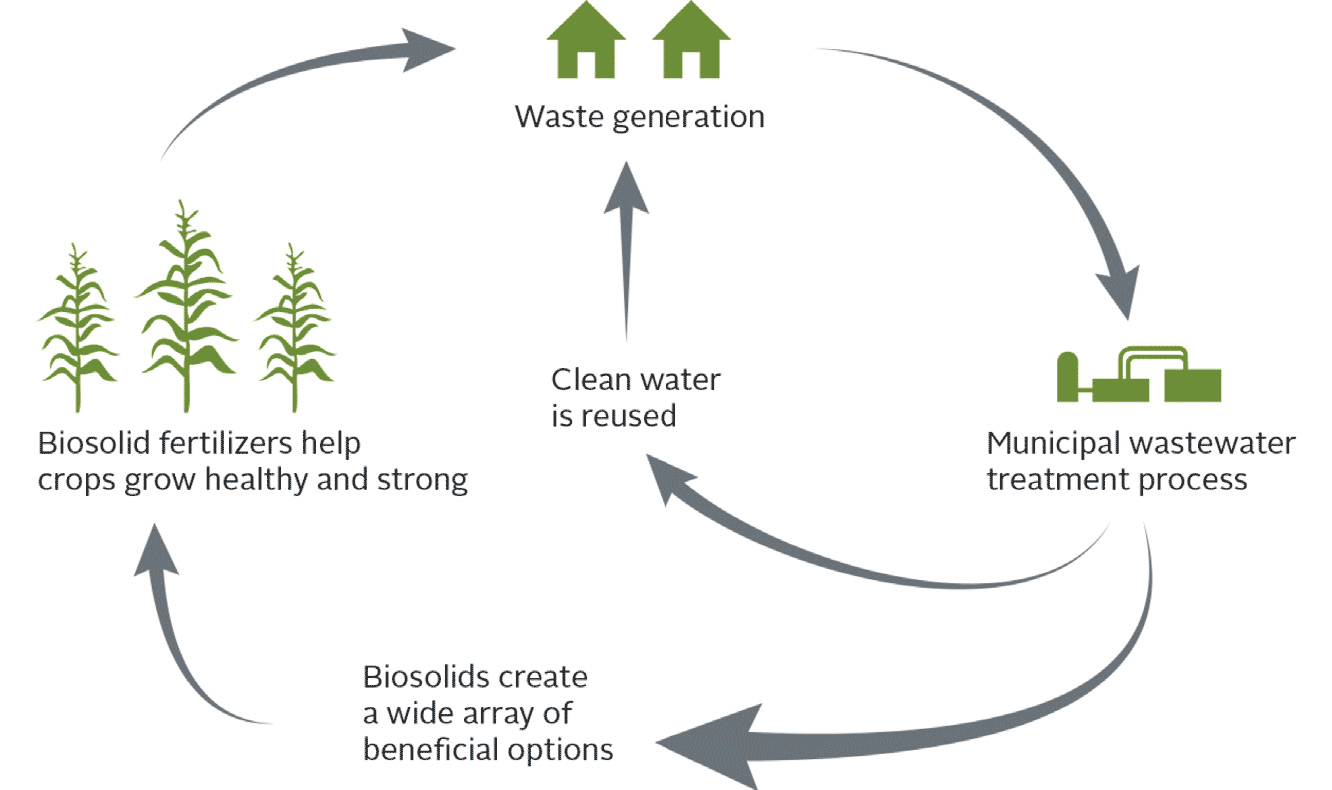Safe, clean water is important to all Coloradans, whether it’s drinking water for humans and animals, cooking, irrigation, recreation, or for fish and wildlife. Water quality plays a critical role in Colorado given our agricultural heritage and economy, our robust recreation and tourism industry, and limited and valued natural resources. As a headwaters state, we are responsible for finding the appropriate balance between protecting our water resources and expensive financial and regulatory commitments necessary to ensure quality water for Coloradans and our downstream neighbors.
| Major Factors Affecting Water Quality | ||
|---|---|---|
| Natural Factors | Geology | - Formations with varying amounts of minerals or metals - Different soil types - Formations containing naturally occurring radionuclides, such as radon and uranium |
| Climate | - Mountainous areas with considerable snowmelt runoff vs. arid areas with minimal runoff - Cooler vs. warmer in-stream temperatures |
|
| Vegetation | - Dense or sparse vegetation of varying types | |
| Wildlife | - Fecal bacteria | |
| Wildfires | - Erosion - Sedimentation and ash from burned areas - Loss of riparian habitat, raising in-stream temperatures |
|
| Human-Induced Factors | Point Source Pollutants | - Industrial and municipal wastewater discharges - Stormwater runoff - Leaking underground storage tanks |
| Nonpoint Source Pollutants | - Polluted runoff of leaching from areas disturbed by human activity | |
| Structural Changes | - Modified stream channels - Reservoir storage - Diversion of water from streams - Drainage of wetlands |
|
| Atmospheric Sources | - Fuel combustion produces pollutants, such as nitrates that may infiltrate lakes and streams | |
| Source: Table recreated from Water Education Colorado's [WEco] Citizen's Guide to Colorado Water Quality Protection (2013). | ||


